Home>Renovation & DIY>Home Renovation Guides>What To Use To Cover Crawl Space Vents
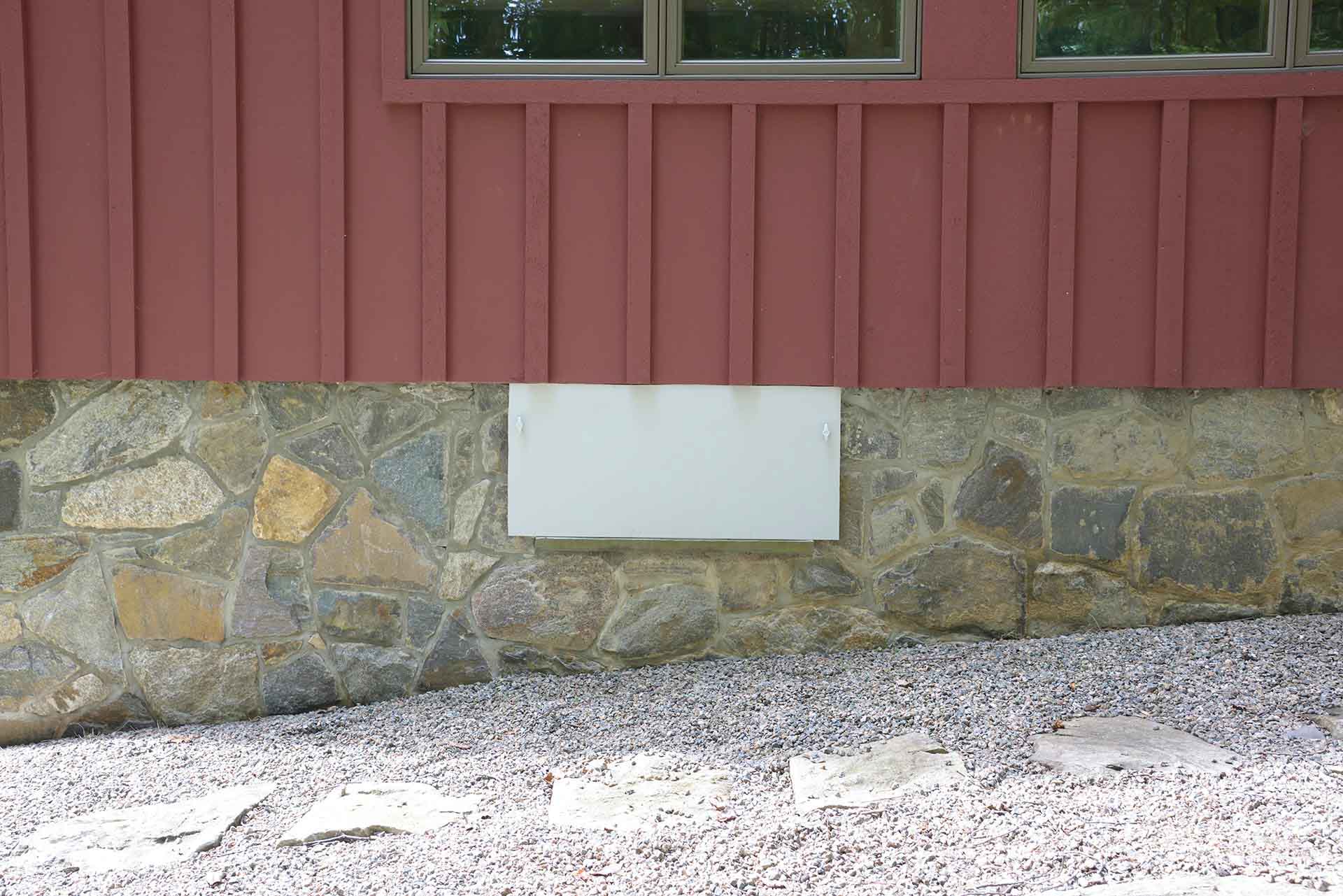

Home Renovation Guides
What To Use To Cover Crawl Space Vents
Modified: February 18, 2024
Discover the best materials for covering crawl space vents in this comprehensive home renovation guide. Make informed decisions for a healthier, more energy-efficient home.
(Many of the links in this article redirect to a specific reviewed product. Your purchase of these products through affiliate links helps to generate commission for Storables.com, at no extra cost. Learn more)
Introduction
Covering crawl space vents is a crucial aspect of maintaining a healthy and efficient home. Crawl spaces are often overlooked, yet they play a significant role in the overall well-being of a house. These enclosed areas beneath the home serve as a buffer between the ground and the living space, impacting the indoor air quality, energy efficiency, and structural integrity of the property.
By addressing the ventilation in crawl spaces, homeowners can mitigate potential issues such as moisture buildup, mold growth, pest infestations, and energy loss. This is where the importance of covering crawl space vents comes into play. Whether it's to prevent moisture intrusion, enhance energy efficiency, or deter pests, choosing the right materials for covering crawl space vents is essential for safeguarding the home and its occupants.
In this comprehensive guide, we will delve into the various materials used to cover crawl space vents, the considerations to keep in mind when selecting these materials, and the step-by-step process of covering crawl space vents effectively. Whether you're a seasoned homeowner or a new property owner, understanding the significance of covering crawl space vents and the available options will empower you to make informed decisions for the well-being of your home. Let's explore the world of crawl space vent coverings and equip ourselves with the knowledge to enhance our living spaces.
Key Takeaways:
- Protect your home by covering crawl space vents with materials like plastic, metal, foam board, wood, magnets, or fabric to control moisture, save energy, prevent pests, and maintain structural integrity.
- When covering crawl space vents, consider moisture resistance, durability, insulation, pest prevention, aesthetics, ease of installation, and ventilation needs to make informed decisions and create a healthier, more efficient home environment.
Read more: How To Vent Crawl Space
Why Cover Crawl Space Vents
Covering crawl space vents is a crucial step in maintaining a healthy and efficient home environment. Crawl spaces are susceptible to various environmental factors that can impact the overall well-being of a property. By understanding the reasons behind covering crawl space vents, homeowners can take proactive measures to safeguard their homes from potential issues.
Moisture Control
One of the primary reasons to cover crawl space vents is to control moisture levels within the crawl space. Open vents can allow excess moisture from the surrounding soil to infiltrate the crawl space, leading to dampness and high humidity levels. This moisture can contribute to mold growth, wood rot, and structural damage. By covering the vents, homeowners can regulate the moisture levels, creating a drier environment that is less conducive to mold and decay.
Energy Efficiency
Uncovered crawl space vents can also impact the energy efficiency of a home. During extreme temperatures, such as hot summers or cold winters, open vents can allow outside air to enter the crawl space, affecting the overall temperature regulation of the home. This can lead to increased energy consumption as heating and cooling systems work harder to maintain a comfortable indoor environment. By covering the vents, homeowners can reduce energy loss and improve the overall efficiency of their HVAC systems.
Pest Prevention
Open crawl space vents can serve as entry points for pests such as rodents, insects, and other unwanted critters. These pests can find their way into the crawl space and potentially make their way into the living areas of the home. By covering the vents, homeowners can effectively block off these entry points, reducing the risk of pest infestations and the associated damage and health hazards they may bring.
Read more: How To Close Vents In Crawl Space
Structural Protection
Covering crawl space vents also plays a role in protecting the structural integrity of a home. Excess moisture and pests can compromise the wooden elements within the crawl space, leading to decay and damage over time. By controlling moisture levels and preventing pest intrusion, homeowners can preserve the structural components of their homes, ensuring long-term durability and stability.
In essence, covering crawl space vents is a proactive measure that addresses moisture control, energy efficiency, pest prevention, and structural protection. By understanding the importance of covering crawl space vents, homeowners can create a healthier and more resilient living environment for themselves and their families.
Types of Materials for Covering Crawl Space Vents
When it comes to covering crawl space vents, there are various materials available, each with its unique characteristics and suitability for different situations. Understanding the types of materials for covering crawl space vents is essential for homeowners looking to make informed decisions about protecting their homes. Here are some common materials used for covering crawl space vents:
1. Plastic Vent Covers
Plastic vent covers are a popular choice for covering crawl space vents due to their durability and resistance to moisture. These covers are often designed to fit standard vent sizes and can be easily installed using screws or adhesive. Plastic vent covers provide a barrier against moisture intrusion and pest entry while allowing for adequate airflow when necessary.
2. Metal Vent Covers
Metal vent covers offer a sturdy and long-lasting option for covering crawl space vents. Typically made from materials such as aluminum or steel, metal vent covers provide excellent protection against pests and environmental elements. They can be secured in place using screws or clips, offering a secure and reliable solution for vent coverage.
Read more: How To Replace Crawl Space Vents
3. Foam Board Insulation
Foam board insulation can be used to cover crawl space vents while also providing additional insulation benefits. These rigid foam boards are effective at blocking airflow and insulating the crawl space, helping to improve energy efficiency and temperature regulation within the home. Foam board insulation can be cut to fit vent openings and secured in place using adhesive or fasteners.
4. Wooden Vent Covers
Wooden vent covers offer a customizable and aesthetically pleasing option for covering crawl space vents. Homeowners can create custom wooden covers to match the architectural style of their homes while providing effective vent coverage. Wooden vent covers can be stained or painted to enhance their visual appeal and can be secured in place using screws or hinges for easy access when needed.
5. Magnetic Vent Covers
Magnetic vent covers are a versatile and convenient option for temporary vent coverage. These covers are designed to adhere to metal vents using strong magnets, providing a quick and easy solution for blocking off vents when necessary. Magnetic vent covers are ideal for seasonal use or for situations where temporary vent closure is required.
6. Fabric Vent Covers
Fabric vent covers offer a flexible and breathable option for covering crawl space vents. These covers are typically made from durable, weather-resistant fabrics that can be secured in place using straps or fasteners. Fabric vent covers provide protection against pests and debris while allowing for airflow and ventilation as needed.
When choosing the right material for covering crawl space vents, homeowners should consider factors such as durability, moisture resistance, insulation properties, aesthetic appeal, and ease of installation. By selecting the most suitable material for their specific needs, homeowners can effectively protect their crawl spaces and enhance the overall well-being of their homes.
Read more: How To Insulate Crawl Space Vents For Winter
Considerations When Choosing Materials
When selecting materials for covering crawl space vents, several important considerations should guide homeowners in making informed decisions. Each material option comes with its unique characteristics and suitability for specific situations. Here are the key considerations to keep in mind when choosing materials for covering crawl space vents:
1. Moisture Resistance
The ability of the material to resist moisture is a critical factor, especially in crawl space environments where dampness can lead to mold growth and structural damage. Opt for materials that are inherently moisture-resistant or can be treated to withstand high humidity levels.
2. Durability
The durability of the material is essential for long-term protection. Choose materials that can withstand environmental elements, including temperature fluctuations, UV exposure, and physical wear and tear. Durable materials ensure that the vent covers remain effective and intact over time.
3. Insulation Properties
For homeowners seeking to improve energy efficiency and temperature regulation, considering the insulation properties of the materials is crucial. Some materials, such as foam board insulation, offer added insulation benefits, helping to reduce energy loss and maintain a more comfortable indoor environment.
4. Pest Resistance
Selecting materials that provide a barrier against pests is vital for preventing infestations in the crawl space. Look for materials that pests cannot easily penetrate, such as sturdy metal covers or tightly woven fabric options, to effectively deter unwanted intruders.
5. Aesthetic Appeal
While functionality is paramount, considering the aesthetic appeal of the materials is also important, especially for visible vent covers. Wooden vent covers, for example, offer a customizable and visually pleasing option that can complement the overall design of the home.
6. Ease of Installation
The ease of installation is a practical consideration, particularly for homeowners tackling DIY projects. Choose materials that are straightforward to install, whether through simple screw attachments, adhesive application, or magnetic properties for quick and temporary coverage.
7. Ventilation Needs
Balancing the need for vent coverage with adequate airflow and ventilation is crucial. Some materials, such as fabric vent covers, offer breathable options that allow for airflow while still providing protection against pests and debris.
By carefully considering these factors, homeowners can make well-informed decisions when choosing materials for covering crawl space vents. Each consideration plays a vital role in ensuring that the selected materials effectively protect the crawl space while meeting the specific needs and preferences of the homeowner.
Read more: When Should You Open Crawl Space Vents
How to Cover Crawl Space Vents
Covering crawl space vents is a practical and essential task that contributes to the overall well-being of a home. The process of covering crawl space vents involves careful planning, proper preparation, and precise execution to ensure effective protection for the crawl space. Here's a step-by-step guide on how to cover crawl space vents:
-
Assess the Ventilation Needs: Before covering the vents, assess the ventilation requirements of the crawl space. Consider factors such as moisture levels, airflow, and existing ventilation systems to determine the appropriate approach to vent coverage.
-
Select the Suitable Material: Based on the considerations mentioned earlier, choose the most suitable material for covering the crawl space vents. Consider the specific needs of the crawl space, such as moisture resistance, insulation properties, and pest prevention, when making your selection.
-
Measure and Prepare the Vents: Take accurate measurements of the vent openings to ensure the chosen materials will fit securely. Clean the vent openings and surrounding areas to remove any debris, dust, or obstructions that may hinder the installation process.
-
Cut or Customize the Materials: If necessary, cut or customize the chosen materials to fit the vent openings precisely. Ensure that the materials provide complete coverage of the vents without leaving gaps or openings that could compromise their effectiveness.
-
Secure the Covers in Place: Install the chosen vent covers using the appropriate method for the selected material. This may involve using screws, adhesive, clips, magnets, or fasteners, depending on the type of material and the vent structure.
-
Ensure Proper Sealing: Verify that the vent covers are securely sealed in place to prevent any gaps or openings that could allow moisture or pests to enter the crawl space. Proper sealing is crucial for the overall effectiveness of the vent covers.
-
Monitor and Maintain: Regularly inspect the covered crawl space vents to ensure that the materials remain intact and functional. Address any signs of damage, wear, or deterioration promptly to maintain the protective barrier over the vents.
By following these steps, homeowners can effectively cover their crawl space vents, providing essential protection against moisture, pests, and energy loss. The process of covering crawl space vents contributes to creating a healthier, more efficient, and resilient home environment.
Conclusion
In conclusion, the decision to cover crawl space vents is a proactive step toward safeguarding the overall well-being of a home. By understanding the significance of vent coverage and the available materials, homeowners can take informed measures to address moisture control, energy efficiency, pest prevention, and structural protection within their crawl spaces.
The variety of materials for covering crawl space vents offers homeowners the flexibility to choose options that best suit their specific needs. Whether it's the moisture resistance of plastic covers, the insulation properties of foam board, or the aesthetic appeal of wooden covers, each material presents unique advantages for protecting the crawl space.
When selecting materials, homeowners should consider factors such as moisture resistance, durability, insulation properties, pest resistance, aesthetic appeal, ease of installation, and ventilation needs. By carefully weighing these considerations, homeowners can make confident decisions that align with the requirements of their crawl spaces.
The process of covering crawl space vents involves meticulous planning, precise measurements, and proper installation to ensure the effectiveness of the chosen materials. By following a step-by-step approach, homeowners can secure their crawl space vents with the selected covers, creating a protective barrier against moisture intrusion, pests, and energy loss.
Ultimately, the act of covering crawl space vents contributes to the creation of a healthier, more efficient, and resilient home environment. It serves as a proactive measure to mitigate potential issues and preserve the integrity of the property for years to come.
By empowering homeowners with the knowledge of vent coverage and the available materials, this guide aims to inspire confident decision-making and proactive maintenance of crawl spaces. Through informed choices and practical implementation, homeowners can enhance the overall quality and sustainability of their living spaces, ensuring a comfortable and secure environment for themselves and their families.
Frequently Asked Questions about What To Use To Cover Crawl Space Vents
Was this page helpful?
At Storables.com, we guarantee accurate and reliable information. Our content, validated by Expert Board Contributors, is crafted following stringent Editorial Policies. We're committed to providing you with well-researched, expert-backed insights for all your informational needs.
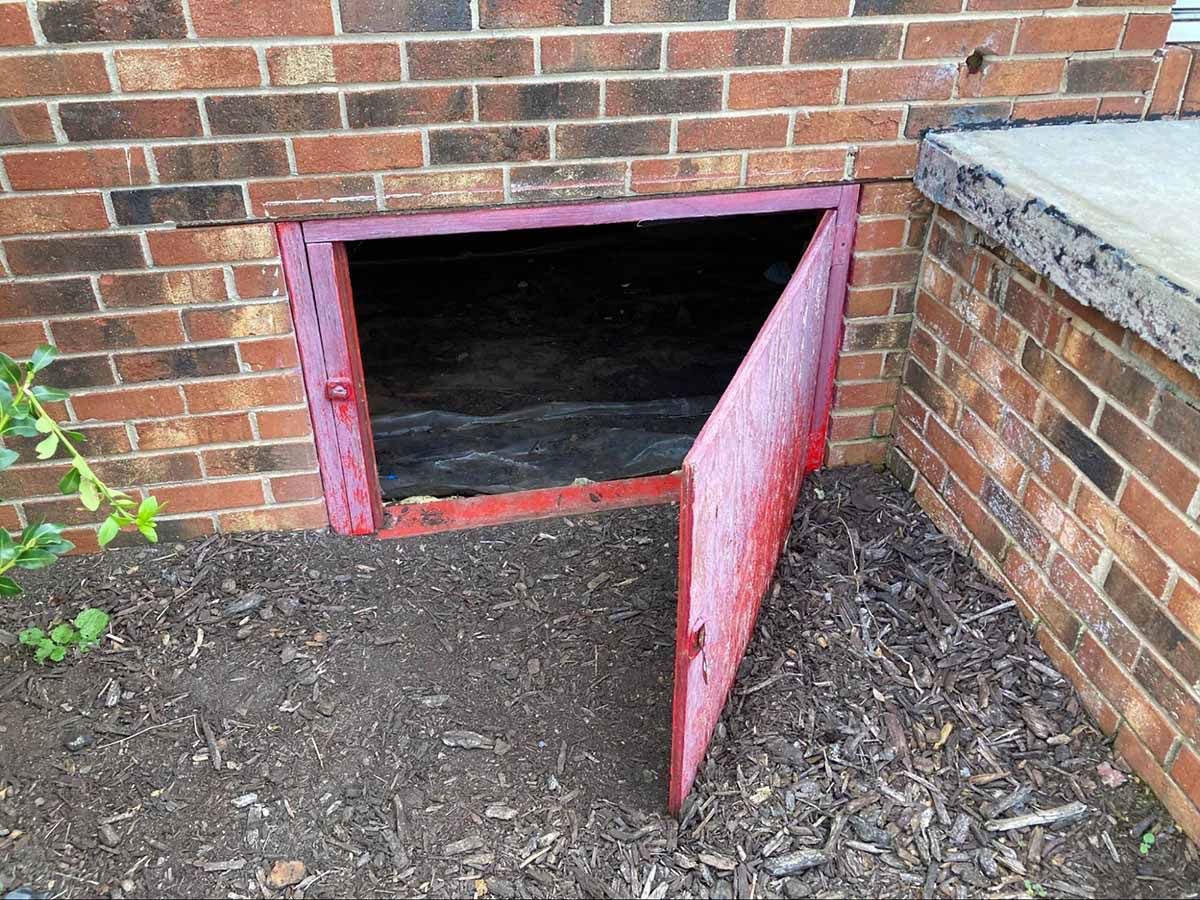
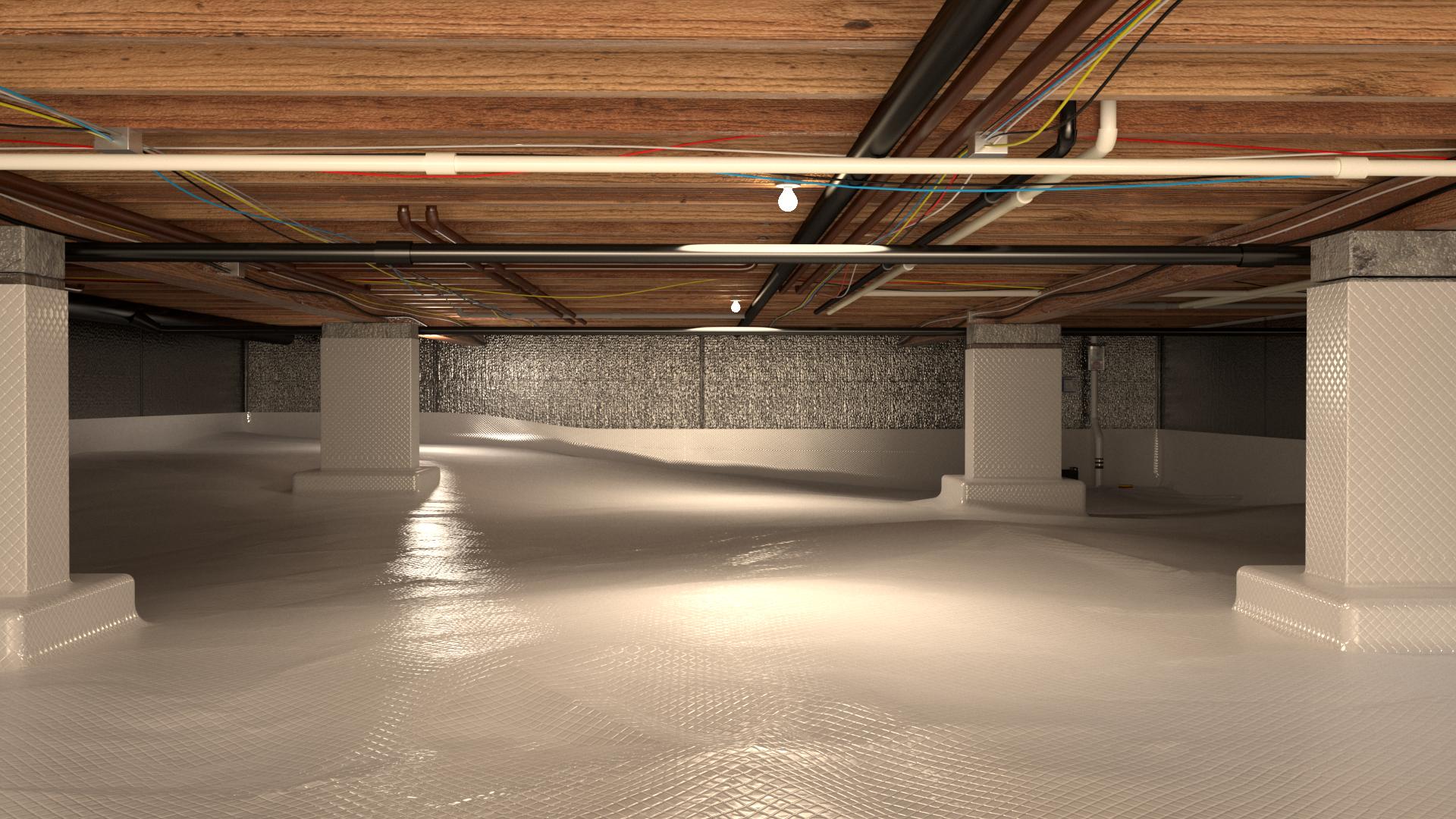
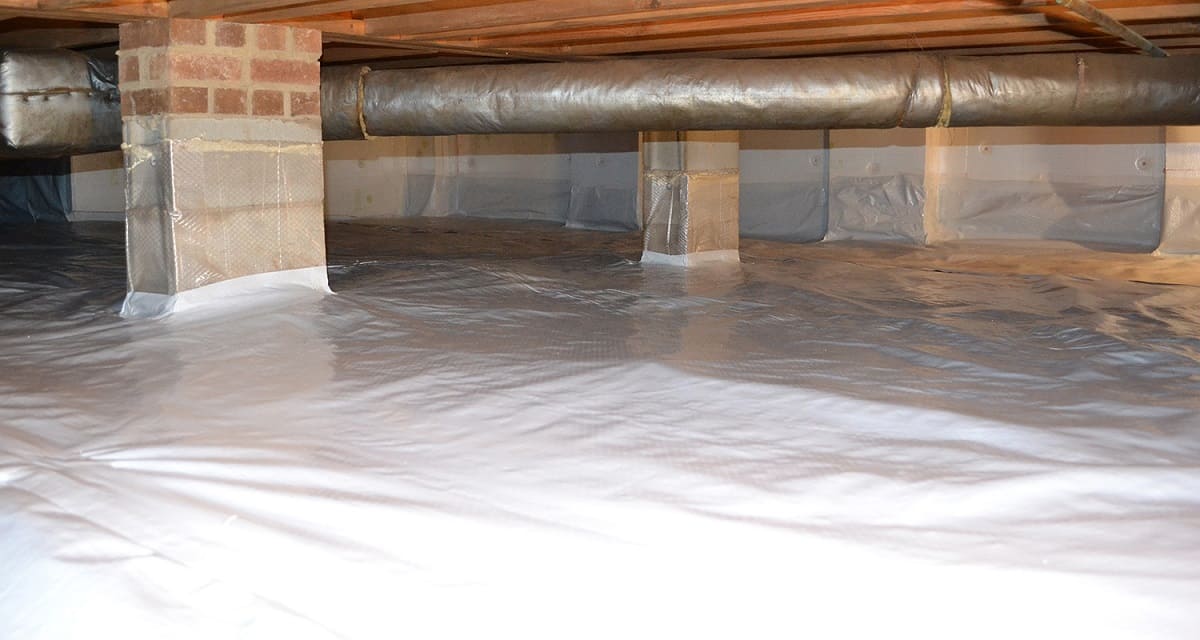
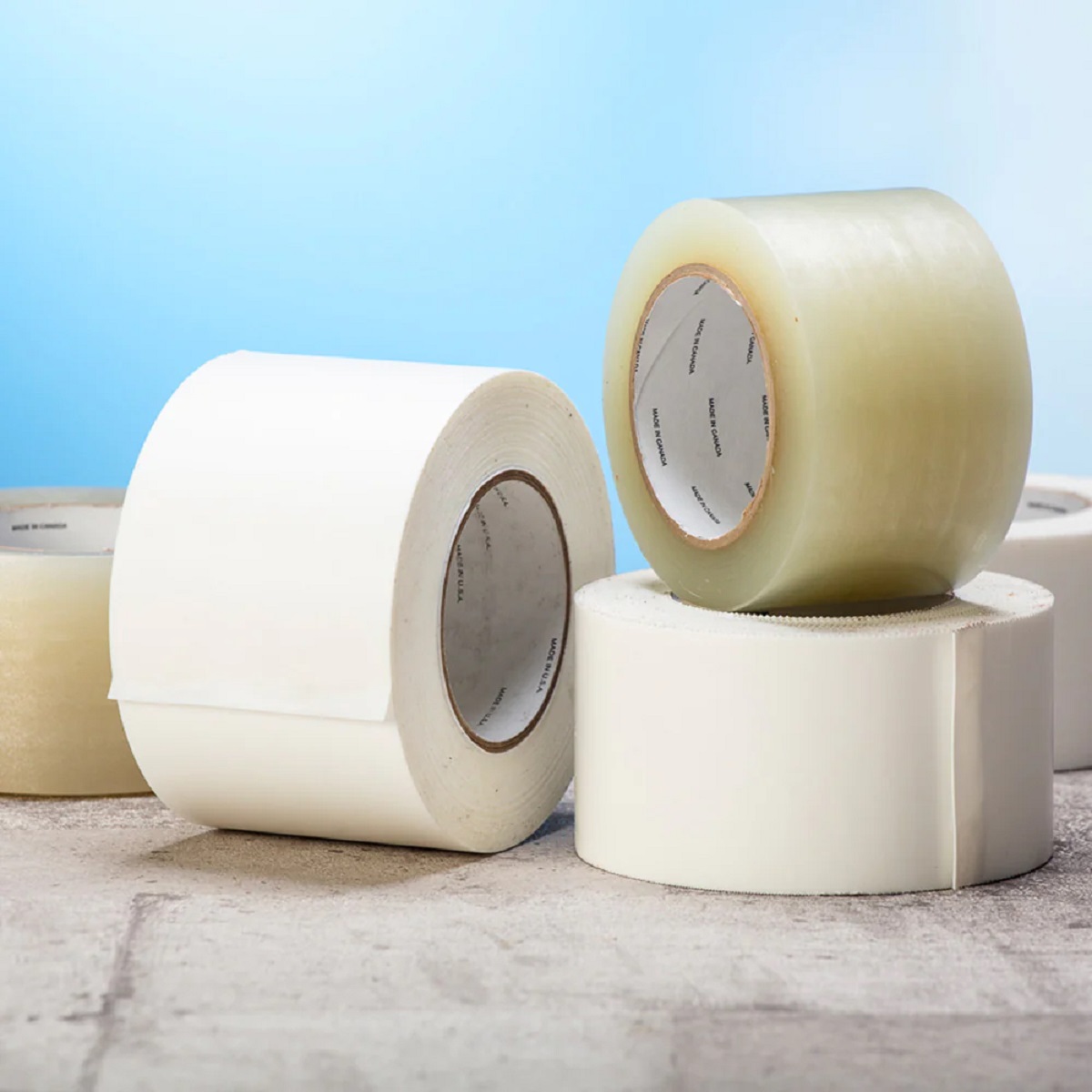
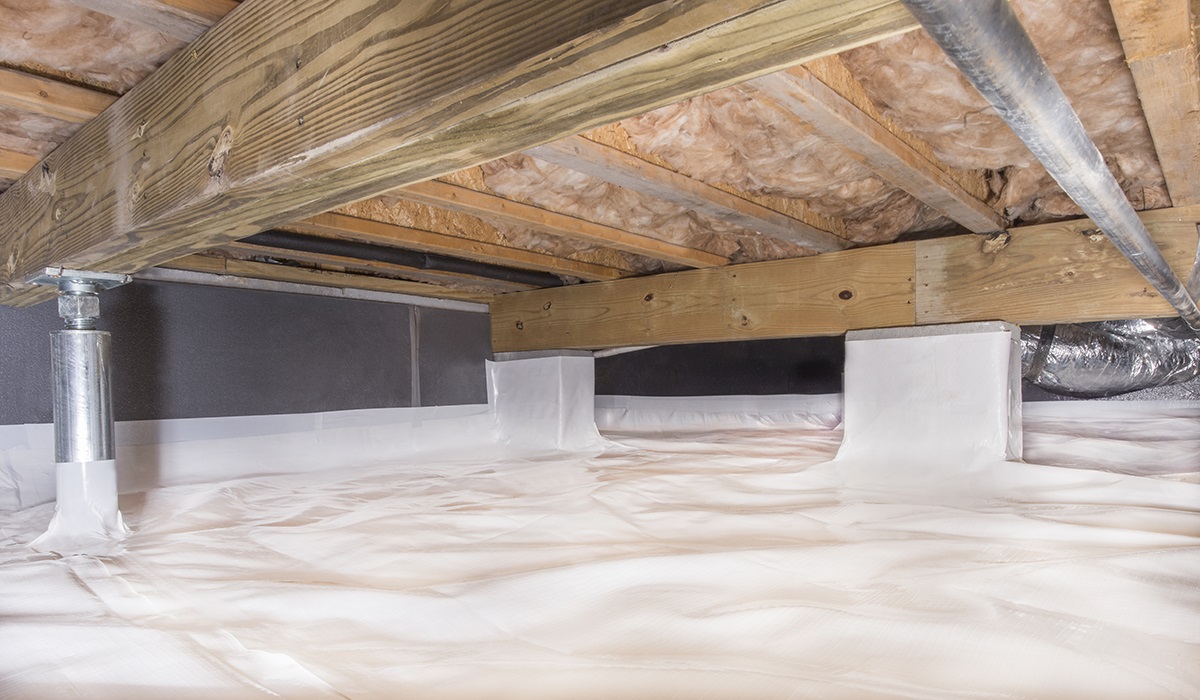
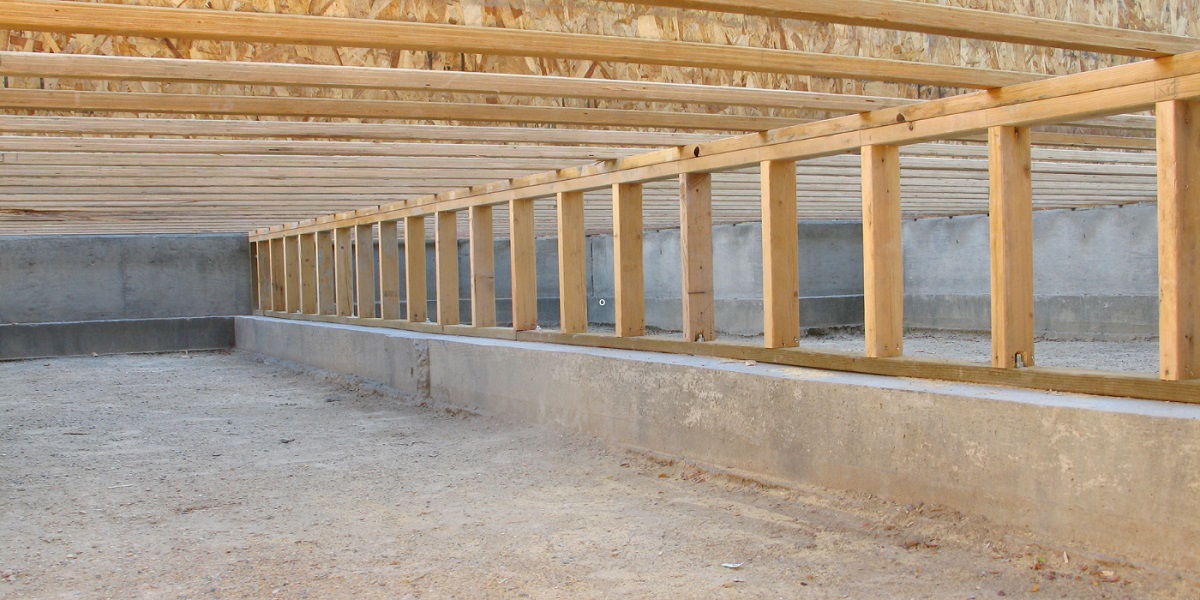
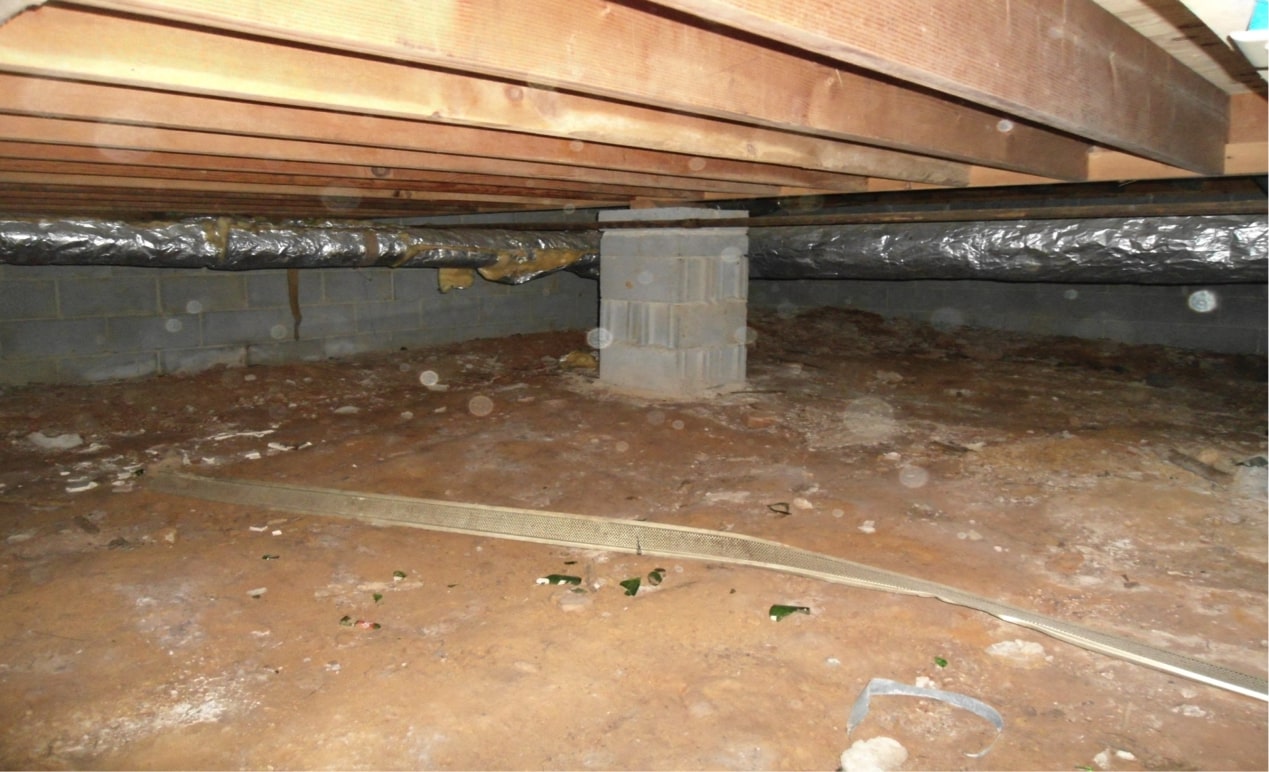
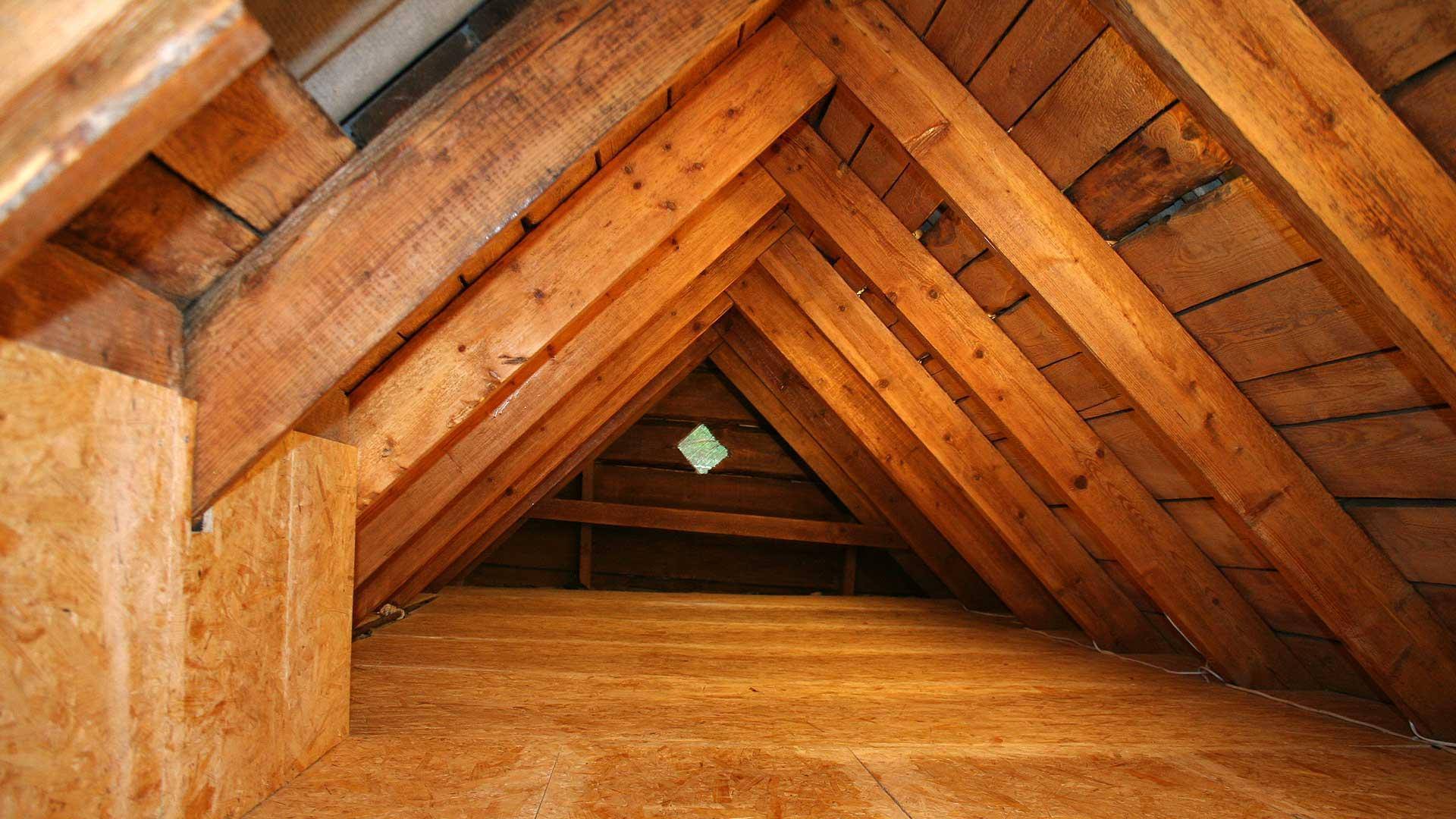
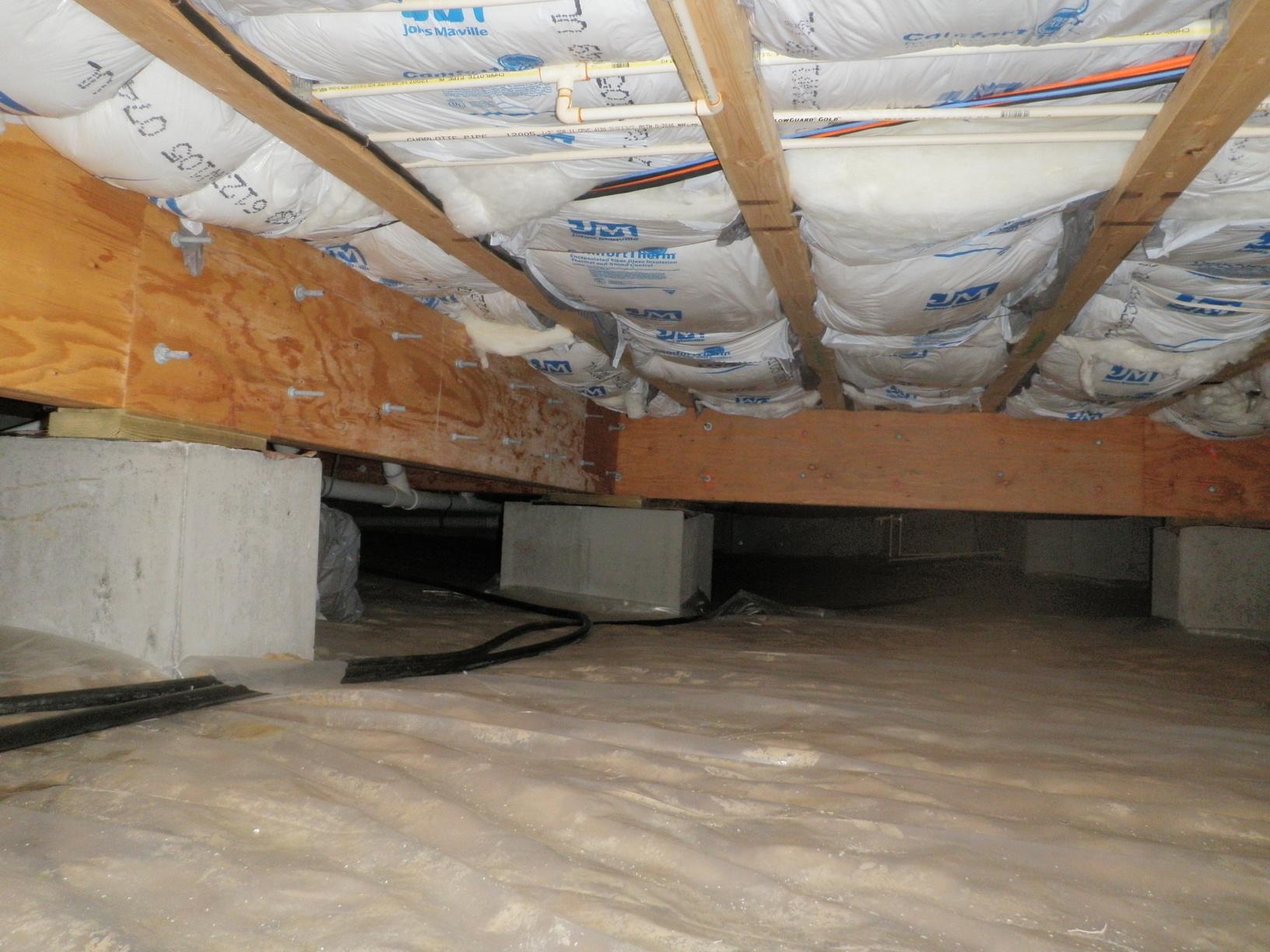
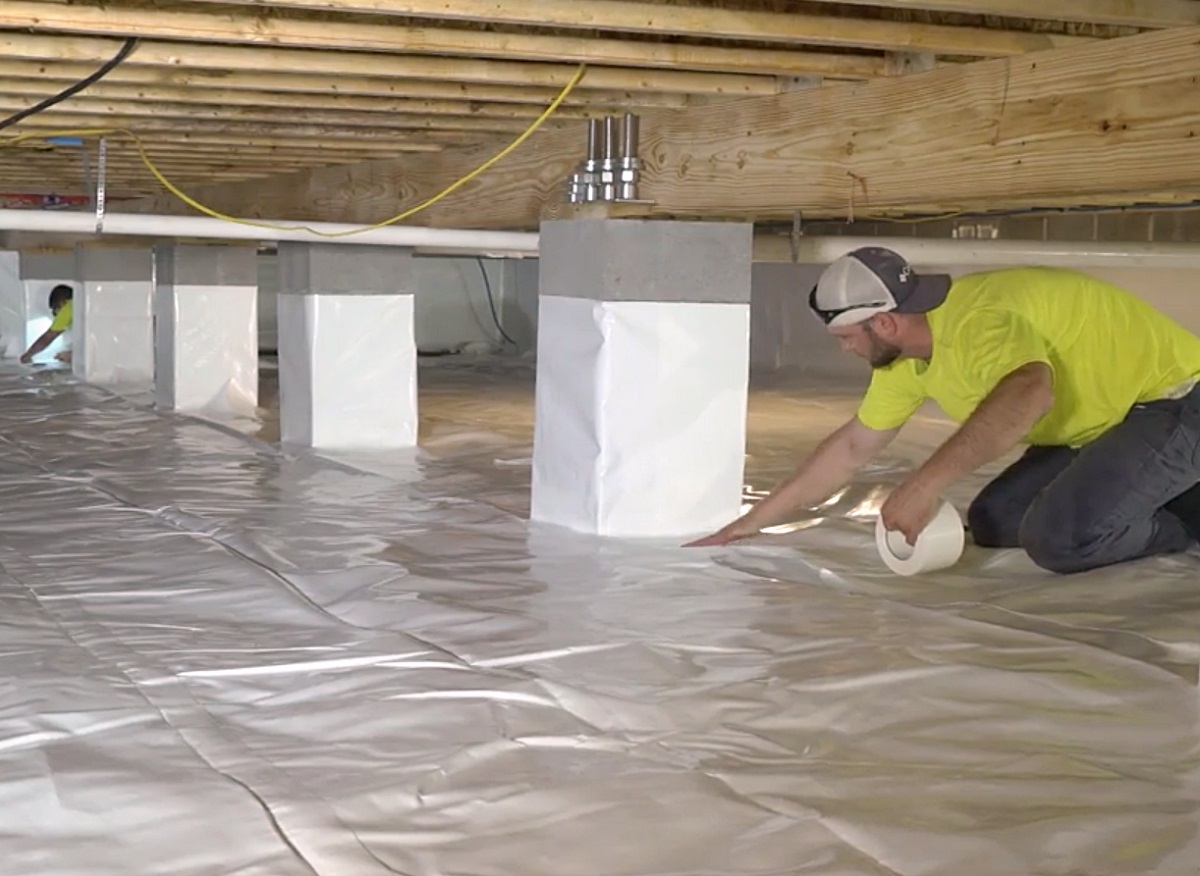

0 thoughts on “What To Use To Cover Crawl Space Vents”